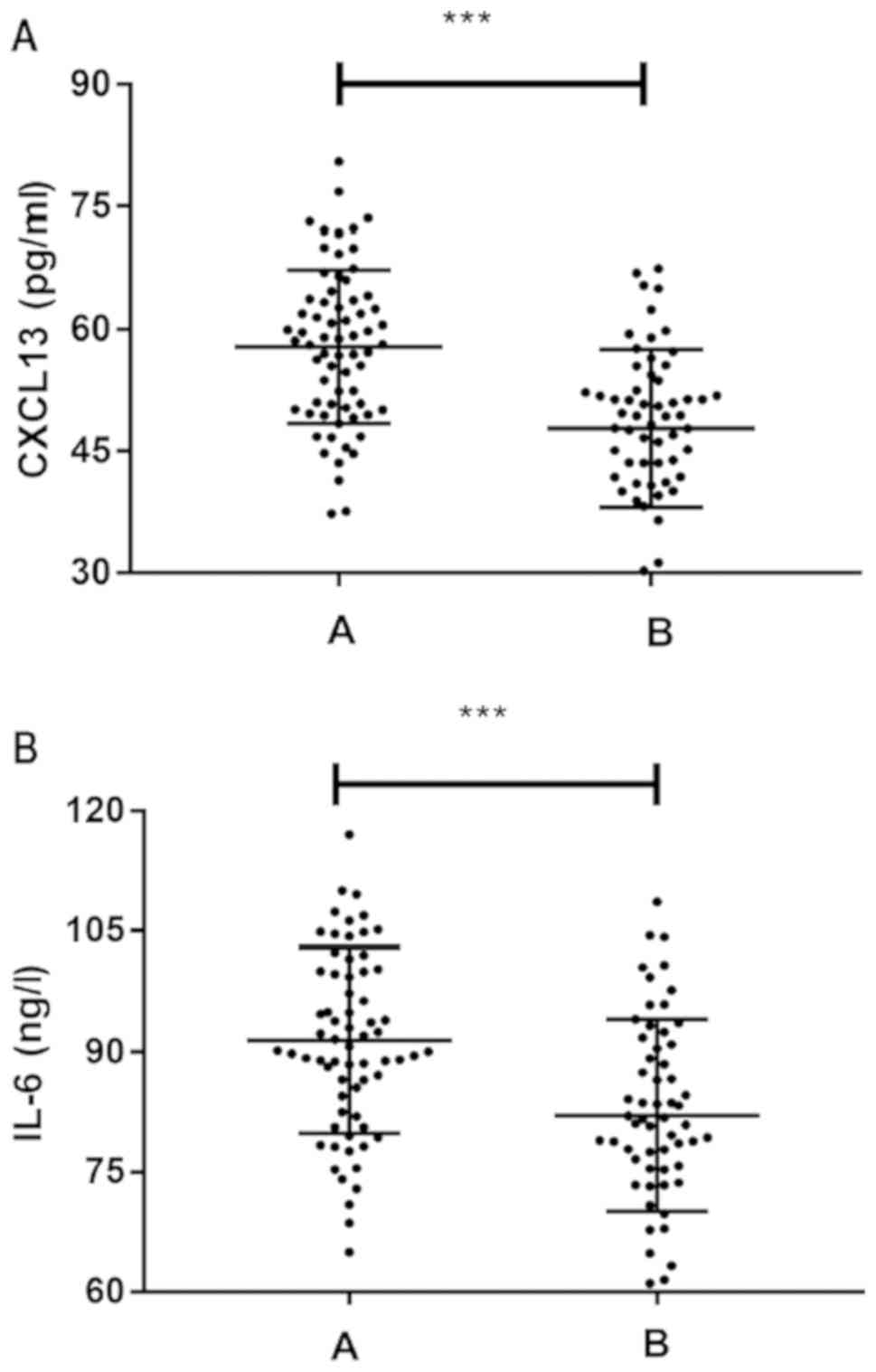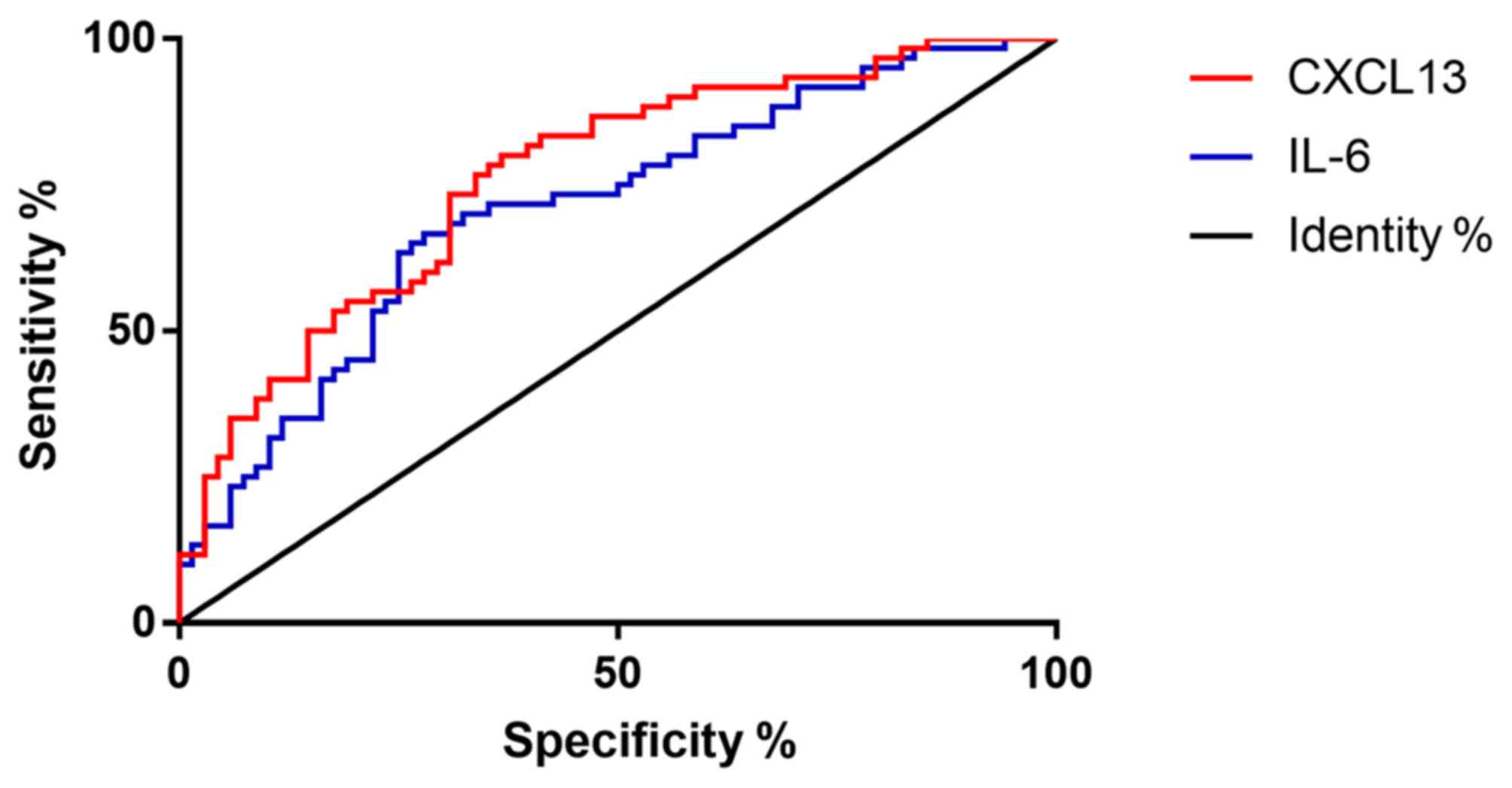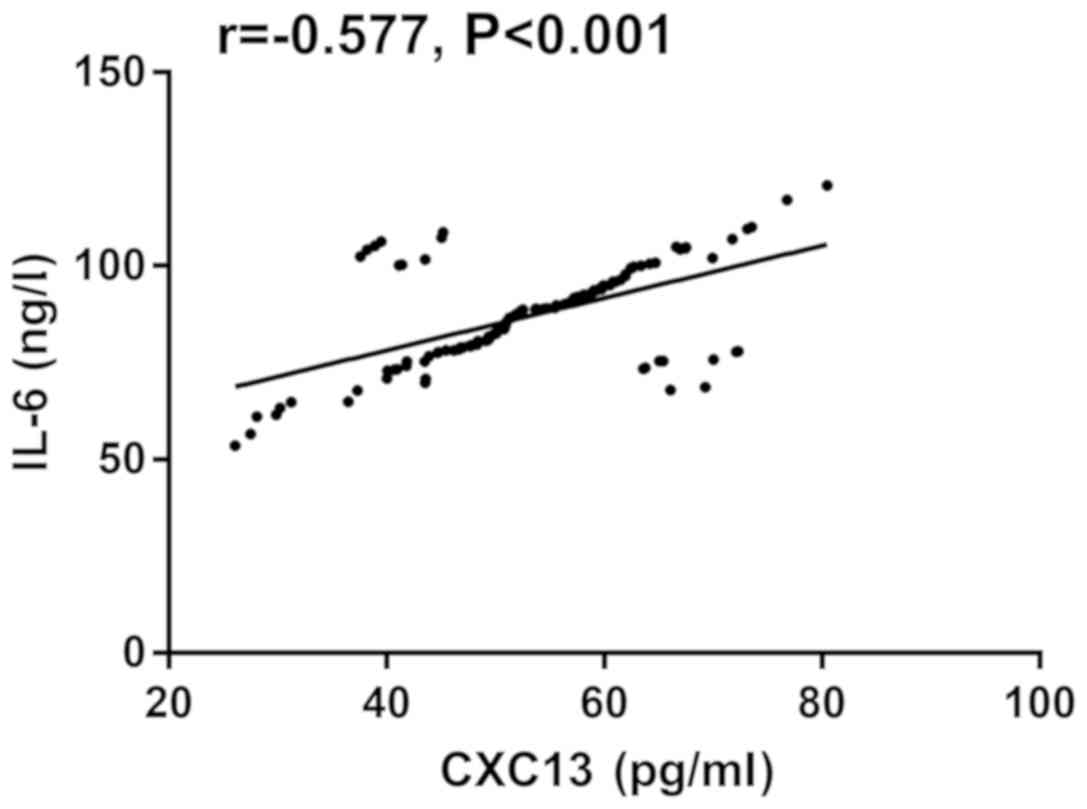|
1
|
Learmonth ID, Young C and Rorabeck C: The
operation of the century: Total hip replacement. Lancet.
370:1508–1519. 2007. View Article : Google Scholar : PubMed/NCBI
|
|
2
|
Galia CR, Diesel CV, Guimarães MR and
Ribeiro TA: Total hip arthroplasty: A still evolving technique. Rev
Bras Ortop. 52:521–527. 2017. View Article : Google Scholar : PubMed/NCBI
|
|
3
|
Zagra L: Advances in hip arthroplasty
surgery: What is justified? EFORT Open Rev. 2:171–178. 2017.
View Article : Google Scholar : PubMed/NCBI
|
|
4
|
Pivec R, Johnson AJ, Mears SC and Mont MA:
Hip arthroplasty. Lancet. 380:1768–1777. 2012. View Article : Google Scholar : PubMed/NCBI
|
|
5
|
Knight SR, Aujla R and Biswas SP: Total
Hip Arthroplasty - over 100 years of operative history. Orthop Rev
(Pavia). 3:e162011.doi: 10.4081/or.2011.e16. View Article : Google Scholar : PubMed/NCBI
|
|
6
|
Rogers BA, Garbedian S, Kuchinad RA,
Backstein D, Safir O and Gross AE: Total hip arthroplasty for adult
hip dysplasia. J Bone Joint Surg Am. 94:1809–1821. 2012. View Article : Google Scholar : PubMed/NCBI
|
|
7
|
Nam D, Nunley RM, Johnson SR, Keeney JA,
Clohisy JC and Barrack RL: The effectiveness of a risk
stratification protocol for thromboembolism prophylaxis after hip
and knee arthroplasty. J Arthroplasty. 31:1299–1306. 2016.
View Article : Google Scholar : PubMed/NCBI
|
|
8
|
Fukushima K, Takahira N, Uchiyama K,
Moriya M, Minato T and Takaso M: The incidence of deep vein
thrombosis (DVT) during hip arthroscopic surgery. Arch Orthop
Trauma Surg. 136:1431–1435. 2016. View Article : Google Scholar : PubMed/NCBI
|
|
9
|
Han BK, Kuzin I, Gaughan JP, Olsen NJ and
Bottaro A: Baseline CXCL10 and CXCL13 levels are predictive
biomarkers for tumor necrosis factor inhibitor therapy in patients
with moderate to severe rheumatoid arthritis: A pilot, prospective
study. Arthritis Res Ther. 18:932016. View Article : Google Scholar : PubMed/NCBI
|
|
10
|
Allam SI, Sallam RA, Elghannam DM and
El-Ghaweet AI: Clinical significance of serum B cell chemokine
(CXCL13) in early rheumatoid arthritis patients. Egypt Rheumatol.
41:11–14. 2019. View Article : Google Scholar
|
|
11
|
Irani DN: Regulated production of CXCL13
within the central nervous system. J Clin Cell Immunol. 7:72016.
View Article : Google Scholar
|
|
12
|
Sapan HB, Paturusi I, Jusuf I, Patellongi
I, Massi MN, Pusponegoro AD, Arief SK, Labeda I, Islam AA, Rendy L,
et al: Pattern of cytokine (IL-6 and IL-10) level as inflammation
and anti-inflammation mediator of multiple organ dysfunction
syndrome (MODS) in polytrauma. Int J Burns Trauma. 6:37–43.
2016.PubMed/NCBI
|
|
13
|
Rose-John S: The soluble interleukin 6
receptor: Advanced therapeutic options in inflammation. Clin
Pharmacol Ther. 102:591–598. 2017. View
Article : Google Scholar : PubMed/NCBI
|
|
14
|
Iba T and Levy JH: Inflammation and
thrombosis: Roles of neutrophils, platelets and endothelial cells
and their interactions in thrombus formation during sepsis. J
Thromb Haemost. 16:231–241. 2018. View Article : Google Scholar : PubMed/NCBI
|
|
15
|
Lankeit M and Held M: Incidence of venous
thromboembolism in COPD: Linking inflammation and thrombosis? Eur
Respir J. 47:369–373. 2016. View Article : Google Scholar : PubMed/NCBI
|
|
16
|
Wang J, Yang L, Li Q, Wu Z, Sun Y, Zou Q,
Li X, Xu Z and Ye C: Construction of an adherence rating scale for
exercise therapy for patients with knee osteoarthritis. BMC
Musculoskelet Disord. 19:2632018. View Article : Google Scholar : PubMed/NCBI
|
|
17
|
Rahmati M, Nalesso G, Mobasheri A and
Mozafari M: Aging and osteoarthritis: Central role of the
extracellular matrix. Ageing Res Rev. 40:20–30. 2017. View Article : Google Scholar : PubMed/NCBI
|
|
18
|
Li YS, Xiao WF and Luo W: Cellular aging
towards osteoarthritis. Mech Ageing Dev. 162:80–84. 2017.
View Article : Google Scholar : PubMed/NCBI
|
|
19
|
Gademan MG, Hofstede SN, Vliet Vlieland
TP, Nelissen RG and Marang-van de Mheen PJ: Indication criteria for
total hip or knee arthroplasty in osteoarthritis: A
state-of-the-science overview. BMC Musculoskelet Disord.
17:4632016. View Article : Google Scholar : PubMed/NCBI
|
|
20
|
Liu XW, Zi Y, Xiang LB and Wang Y: Total
hip arthroplasty: A review of advances, advantages and limitations.
Int J Clin Exp Med. 8:27–36. 2015.PubMed/NCBI
|
|
21
|
Burnett RSJ and Abos D: Total hip
arthroplasty: Techniques and results. BC Med J. 52:455–464.
2010.
|
|
22
|
Jameson SS, Bottle A, Malviya A, Muller SD
and Reed MR: The impact of national guidelines for the prophylaxis
of venous thromboembolism on the complications of arthroplasty of
the lower limb. J Bone Joint Surg Br. 92:123–129. 2010. View Article : Google Scholar : PubMed/NCBI
|
|
23
|
Shimoyama Y, Sawai T, Tatsumi S, Nakahira
J, Oka M, Nakajima M, Jotoku T and Minami T: Perioperative risk
factors for deep vein thrombosis after total hip arthroplasty or
total knee arthroplasty. J Clin Anesth. 24:531–536. 2012.
View Article : Google Scholar : PubMed/NCBI
|
|
24
|
Fisher WD: Impact of venous
thromboembolism on clinical management and therapy after hip and
knee arthroplasty. Can J Surg. 54:344–351. 2011. View Article : Google Scholar : PubMed/NCBI
|
|
25
|
Wang MF, Yang LH, Yang XL, Zhang RJ, Hou
LH and Liu XE: Correlation of inflammatory marker and coagulation
factors with deep vein thrombosis. Zhongguo Shi Yan Xue Ye Xue Za
Zhi. 18:753–756. 2010.(In Chinese). PubMed/NCBI
|

















